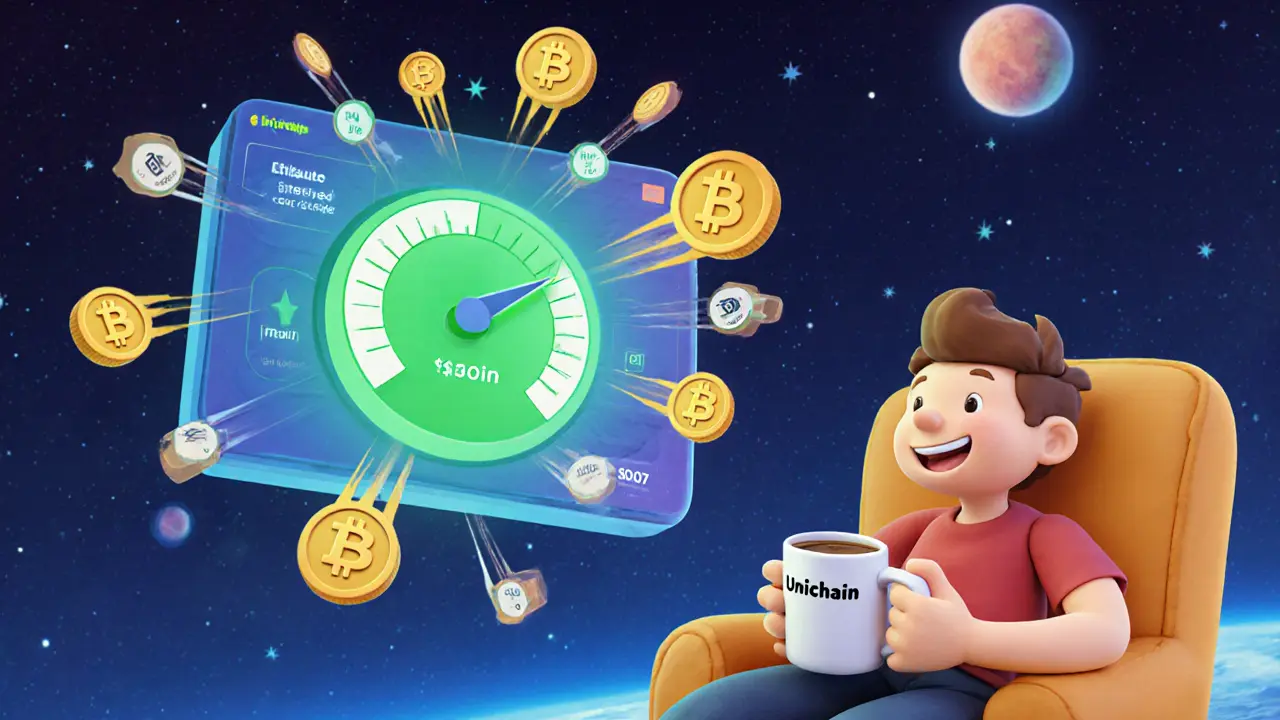Uniswap v2 Review: What It Is, How It Works, and Why It Still Matters
When you trade crypto without a middleman, you’re using a decentralized exchange, a platform that lets users swap tokens directly from their wallets without relying on a company to hold their funds. Also known as a DEX, it’s the backbone of modern DeFi—and Uniswap v2 was the version that made it mainstream. Before Uniswap v2, most crypto trading happened on centralized platforms like Binance or Coinbase. But Uniswap v2 flipped the script: instead of order books, it used automated liquidity pools. Anyone could add tokens to a pool and earn fees every time someone traded against it. No applications. No KYC. No waiting for customer support.
It ran on Ethereum, the blockchain that powers most DeFi apps and smart contracts, which meant it was open to anyone with an Ethereum wallet. The math behind it was simple but powerful: the product of two token amounts in a pool always stayed constant. That’s what kept prices stable without order books. And because it was open-source, developers built tools on top of it—wallets, analytics dashboards, arbitrage bots. Even today, you’ll find liquidity pools, reserves of paired tokens that enable instant swaps on DEXs from Uniswap v2 powering trades for thousands of tokens you’ve never heard of.
Uniswap v2 didn’t invent automated market makers, but it made them usable. It was the first DEX to scale beyond niche users. You didn’t need to be a coder to use it. You just needed MetaMask and some ETH for gas. That’s why it became the default choice for early DeFi investors, meme coin traders, and developers launching new tokens. Even now, when newer versions like Uniswap v3 or rival DEXs like SushiSwap or PancakeSwap show up, many still use v2 because it’s reliable, simple, and has deep liquidity for major tokens like ETH, USDC, and DAI.
But it’s not perfect. Gas fees on Ethereum can spike during busy times, making small trades expensive. Slippage can hurt if you’re swapping large amounts. And because it’s permissionless, anyone can create a token and list it—meaning scams, rug pulls, and low-liquidity tokens are everywhere. That’s why the posts below cover real-world cases: from traders who made profits using v2 pools, to users who lost money on fake tokens that rode in on its coattails. You’ll also find comparisons with newer DEXs, breakdowns of how liquidity mining worked, and why some users still prefer v2 over its flashier successors.
Uniswap v2 isn’t the future—it’s the foundation. And if you want to understand how DeFi actually works on the ground, you need to know how it functioned before everything got more complex. The posts here don’t just repeat marketing claims. They show you what happened when real people used it—what worked, what broke, and what still holds up today.
Uniswap v2 on Unichain: A Real-World Review of Speed, Cost, and Usability
Uniswap v2 on Unichain offers 95% lower fees and sub-second trade speeds, making it the fastest and most cost-effective way to trade crypto. Learn how it works, why it's safer, and who should switch now.
